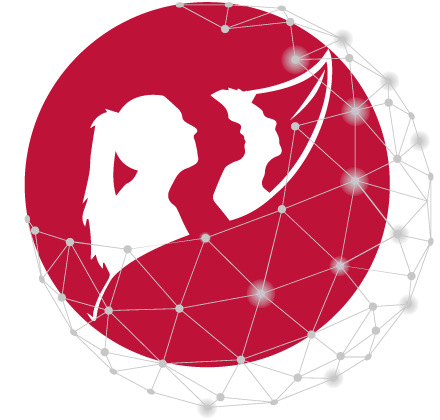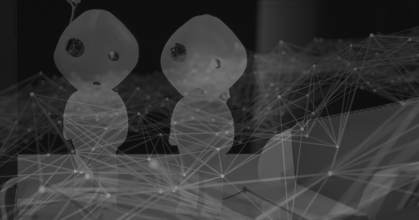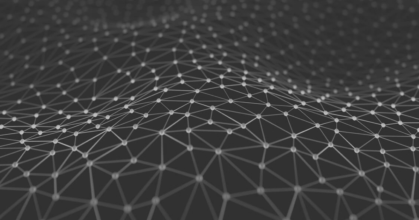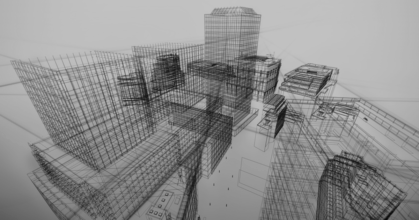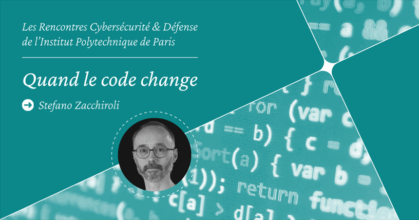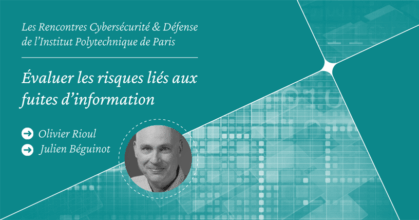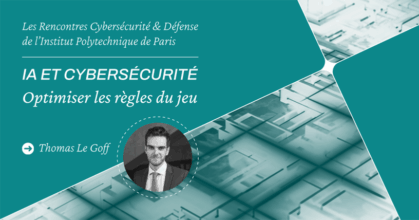Latest news

Macro-threats on microarchitectures
Digital Trust, Faculty Members — 28/11/2025Maria Mushtaq, researcher at Télécom Paris and organiser of the MIC-SEC winter school, sheds light on the developments and [...]
When the code changes (IP Paris)
Digital Trust, Faculty Members — 30/10/2025Stefano Zacchiroli is co-founder of the Software Heritage project. Drawing on this global archive of open source software, he offers [...]
Assessing the risks associated with information leaks
PhD, Digital Trust, Faculty Members — 17/10/2025Olivier Rioul and Julien Béguinot, PhD student, use tools from the mathematical theory of communication [...]
AI and cybersecurity: optimizing the rules of the game
Digital Trust, Data Science & AI, Faculty Members — 06/10/2025Thomas Le Goff: AI and cybersecurity are also a matter of regulation, with consequences for [...]
A new policy report on the regulation of data centres in Europe
Digital Economy, Faculty Members — 03/10/2025Over the past 6 months, Thomas Le Goff et al. worked with the Centre on Regulation in Europe (CERRE) [...]
